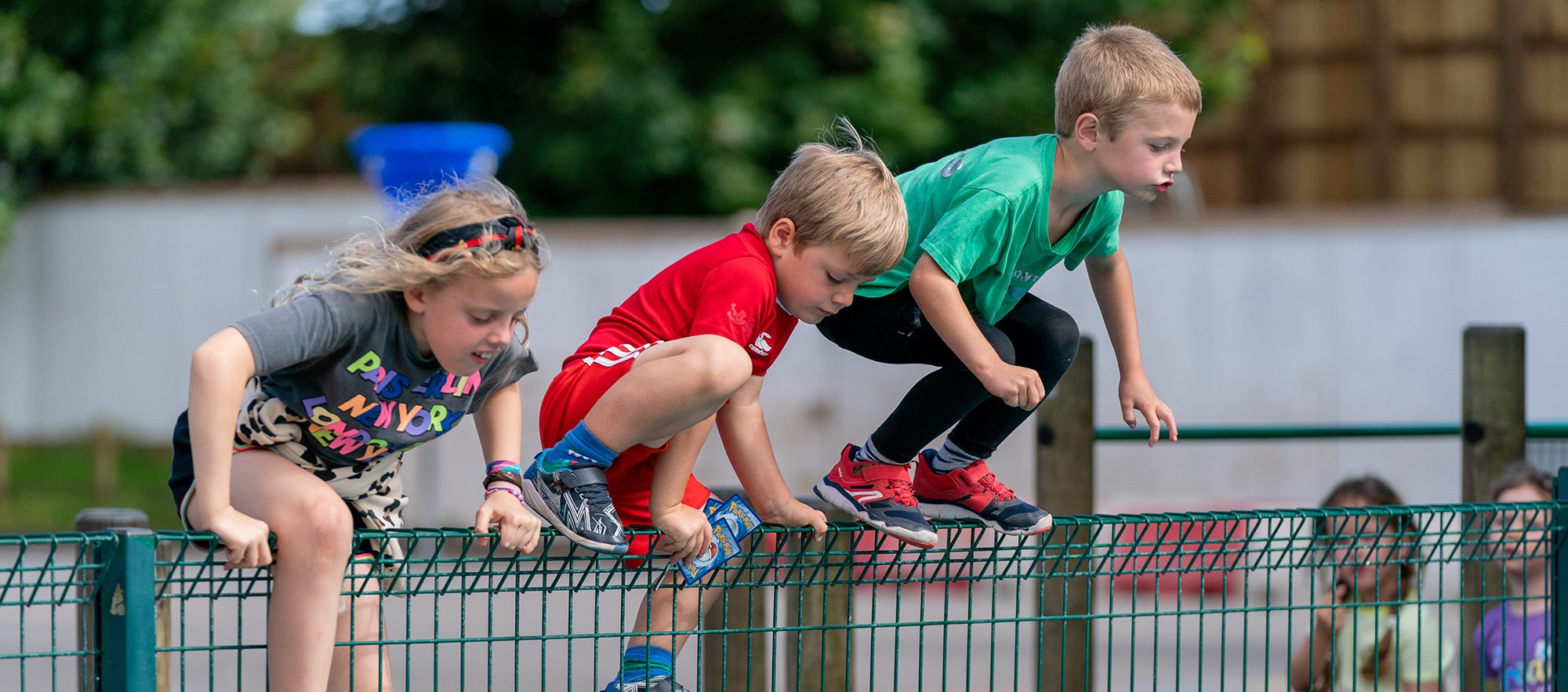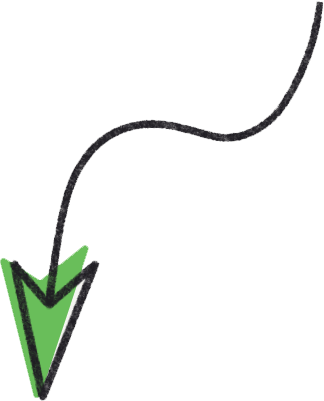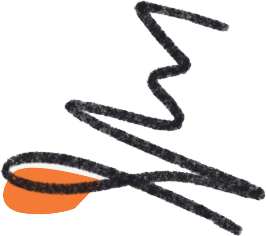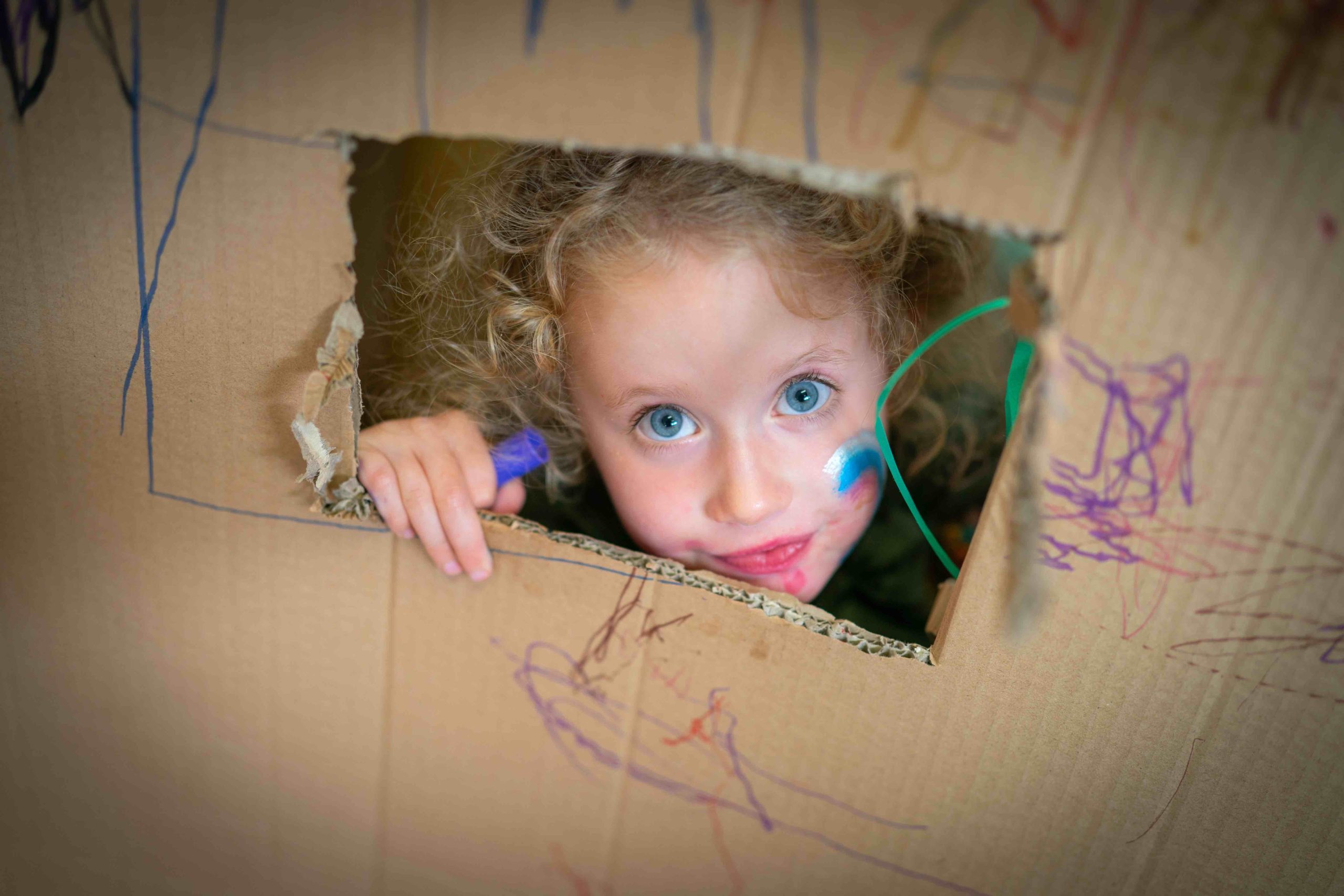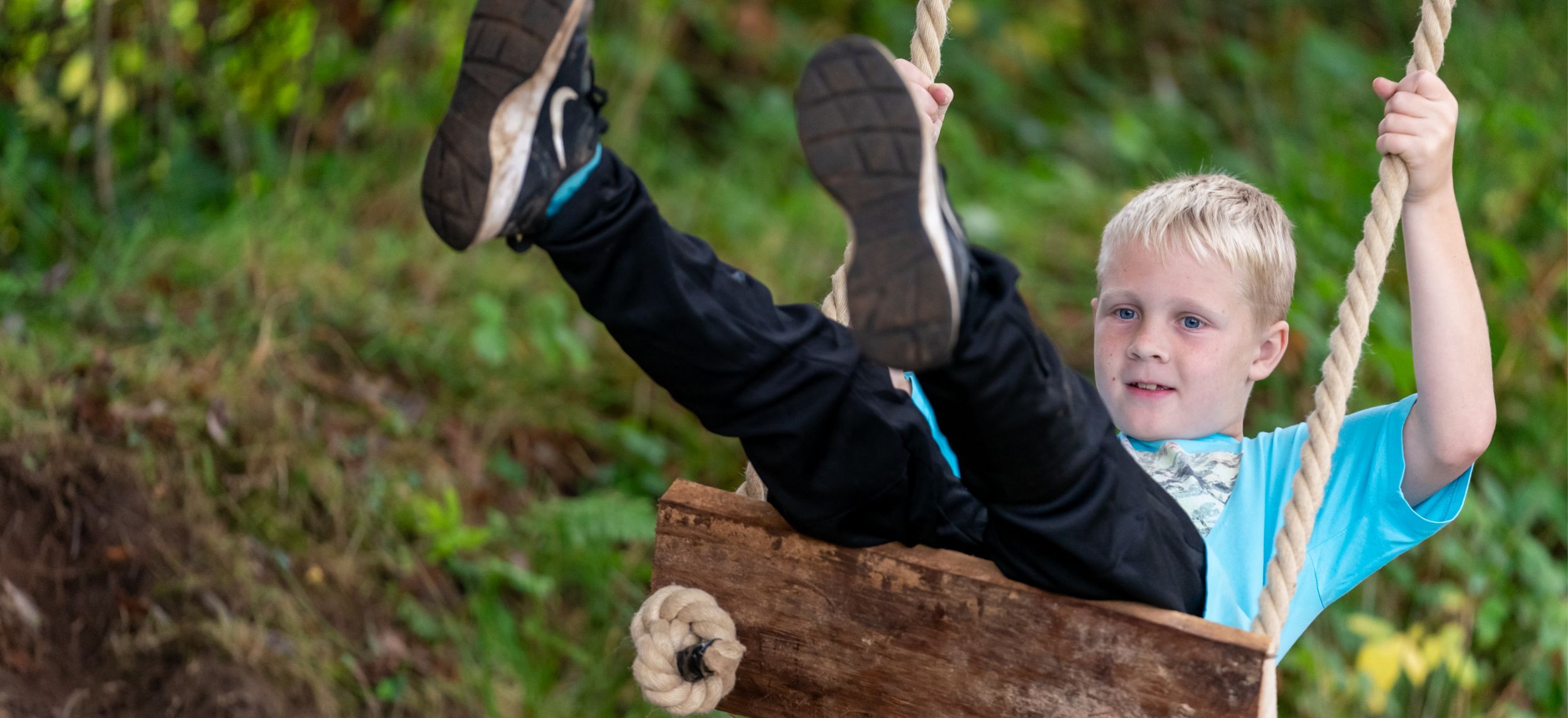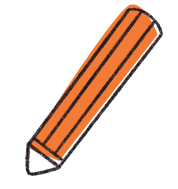Play Ideas
How to deal with risk and safety when your child plays
Bumps and bruises are a normal part of play. When your child is trying new things, developing new skills and having fun playing, it’s natural for accidents to happen sometimes.
It’s also natural for you to want to keep your child as safe as you can. So it’s important to find a balance between this feeling and the fact that the full benefits of playing will sometimes include some risk.
What kinds of risks are part of playing?
When people talk about risk in play, they usually mean the chance that accidents or harm could happen. Usually these are everyday risks like bumping into things and falling over, or getting splinters, cuts and grazes. Sometimes they can be more serious like broken bones, especially as children play more independently and are more active and adventurous.
Why is risk a part of play?
Children are constantly developing their bodies and brains. This starts as soon as they are born and continues right through childhood and teenage.
Playing is an important way for children to learn to do things they’ve never done before. For example:
- Crawling
- Walking
- Running
- Riding a bike
- Finding out that water is wet, fire is hot, and the ground can be rough.
Risk and a sense of adventure are a big part of why play is fun.
Why is it good for your child to take some risks in their play?
Many benefits occur quite naturally when your child takes some risks in their play. These include:
- Developing new skills
- Feeling – for example, fun, excitement and confidence
- Exploring the world around them
- Testing out what they can do
- Coping with uncertainty – for example, not being sure how things will turn out
- Discovering that it’s okay to make mistakes
- Building friendships
- Becoming aware of other people’s safety as well as their own.
An example of risk in play: learning to ride a bike
The risks:
- Getting hurt falling off the bike
- Crashing into other bikes
- Looking silly when you wobble.
The benefits:
- Developing the skills to ride confidently
- Getting used to feeling different emotions at the same time – for example, fear and excitement
- Learning to go fast, do jumps and tricks
- Learning road skills
- Getting independence, exercise and adventure.
Things they can do to avoid more serious harm:
- Practise
- Wear a helmet
- Learn about road safety.
Finding the right balance for you and your child
The risks and benefits that are part of learning to ride a bike are shared by many other examples of risk in play. The things that will help you find the right balance for you and your child are:
- Thinking realistically about the risks
- Considering all the benefits
- Working out things you can do to help prevent more serious harm (if needed).
Down a printable version of How to deal with risk and safety when your child plays





